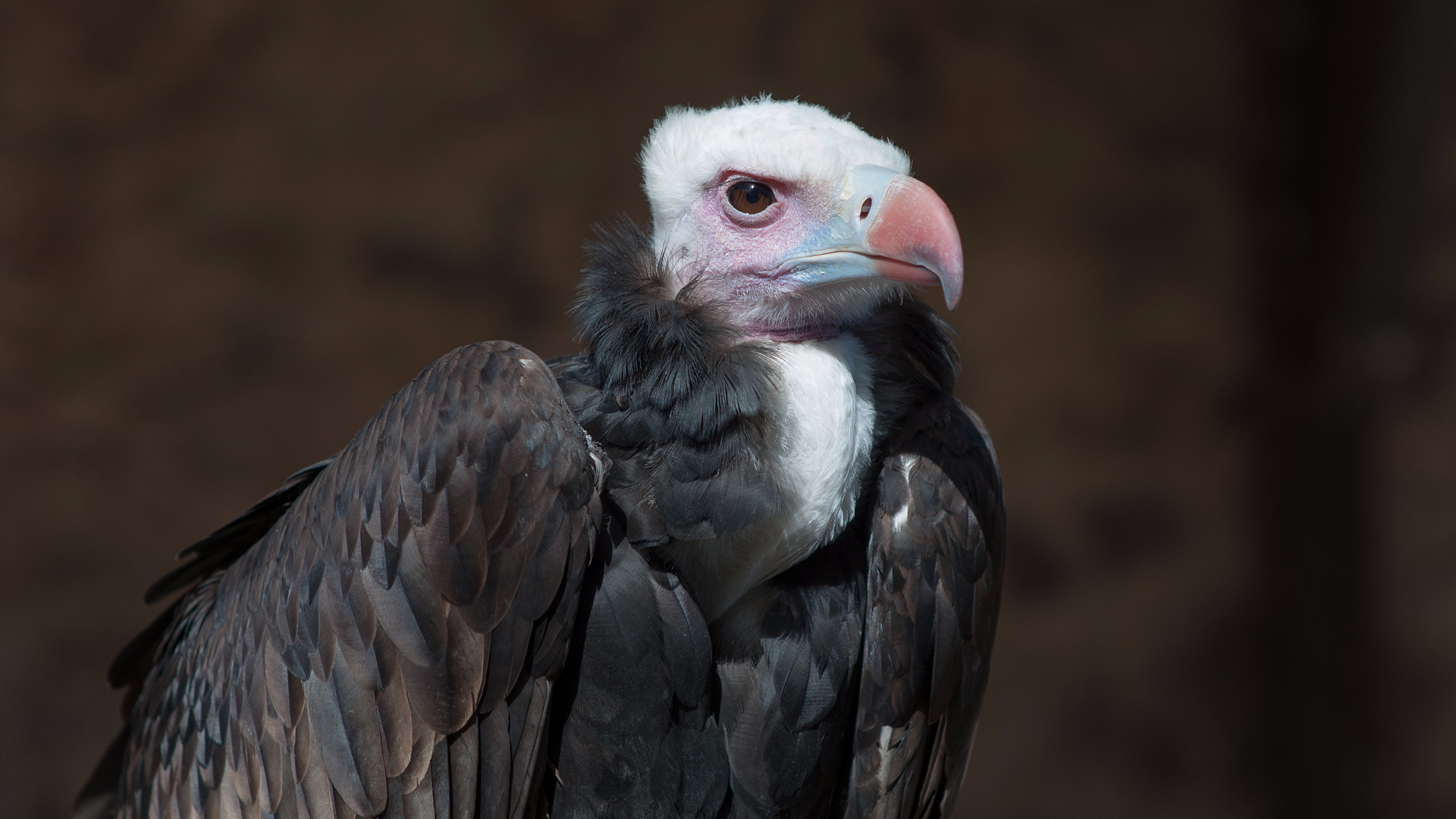- Home
- Conservancy
- White headed vulture
WHERE TO SEE White headed vulture
Description
The white-headed vulture is a medium-sized vulture, 72–85 centimetres (28–33 in) in length and with a wingspan of 207–230 centimetres (81–91 in). Females have an average weight of 4.7 kilograms (10 lb), while males are generally lighter at 4 kilograms (8.8 lb) or less. It has a pink beak and a white crest, and the featherless areas on its head are pale. It has dark brown upper parts and black tail feathers.
Conservation
White-headed vulture populations have been declining since the early 1940s; it was classified as Vulnerable in the 2007 IUCN Red List. Recent indications that the species is rarer than previously thought have led to a status upgrade to Critically Endangered in 2015.
The main threats to white-headed vulture populations are reductions in the availability of suitable food sources (carcasses of medium-sized mammals and ungulates) and the loss of habitat to the spread of urban and agricultural developments. Poisoning through baits set for other carnivores such as jackals and hyenas, as well as targeted poisoning of vultures (by poachers who seek to prevent vultures from drawing attention to an illegal kill), is also an important factor. Secondary causes of decline is exploitation for the international trade in raptors and use in traditional medicines. The species is highly sensitive to land-use and tends to depart from degraded habitat, leading to high concentrations in protected areas.
Fun Facts
The species is long-lived and appears to be loyal to a territory where it remains resident. It builds nests in trees (mostly acacias or baobab), laying a single egg a couple of months after the rainy season has ended and the dry season is underway. The white-headed vulture is predominantly a carrion-eater; frequently flying lower than other vulture species, it is often the first species to turn up at a carcass. However, the species is probably also an active predator if the occasion arises.
